Bird watching is a great way of connecting with the wildlife in your garden or local green space, and the RSPB's Big Garden Birdwatch is encouraging people to get outside and count the birds they see between 24 and 26 January 2025.
Data gathered from the Birdwatch, which is the largest garden wildlife survey in the world, provides a snapshot of how garden birds are doing across the UK. In 2022, 700,000 people took part and counted 11 million birds.
The Big Garden Birdwatch has highlighted the successes and declines of garden birds since it started in 1979. It alerted the RSPB to declining song thrush numbers, which are down 81 per cent since the first count. In contrast, the count has shown an increase in wood pigeons, magpies and collared doves in this time.
We've rounded up the most common British garden birds that you can look out for while taking part in the Big Garden Birdwatch this year.
Top 10 British garden birds
Last year, these birds came in as the top ten counted during the Big Garden Birdwatch.
House sparrow
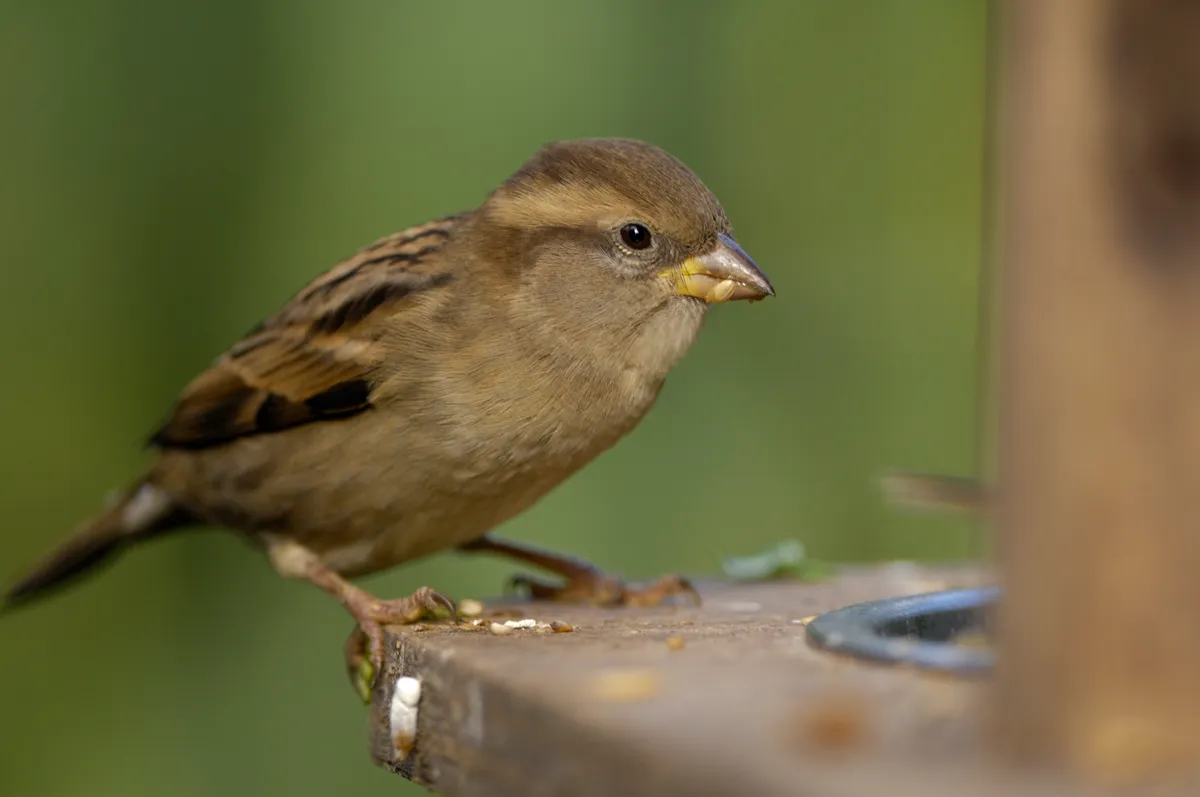
House sparrows came in as the most commonly counted garden bird in 2022. A spokesperson from the RSPB said 'keep an eye out for the house sparrow. For the past 19 years it has topped the Big Garden Birdwatch rankings nationally as the most commonly seen garden bird'. However, the house sparrow is experiencing a severe decline in numbers, estimated as dropping by 71 per cent between 1977 and 2008. They can be identified by their noisy demeanour and measure between 14 and 15cm. Pictured is a female.
Blue tit
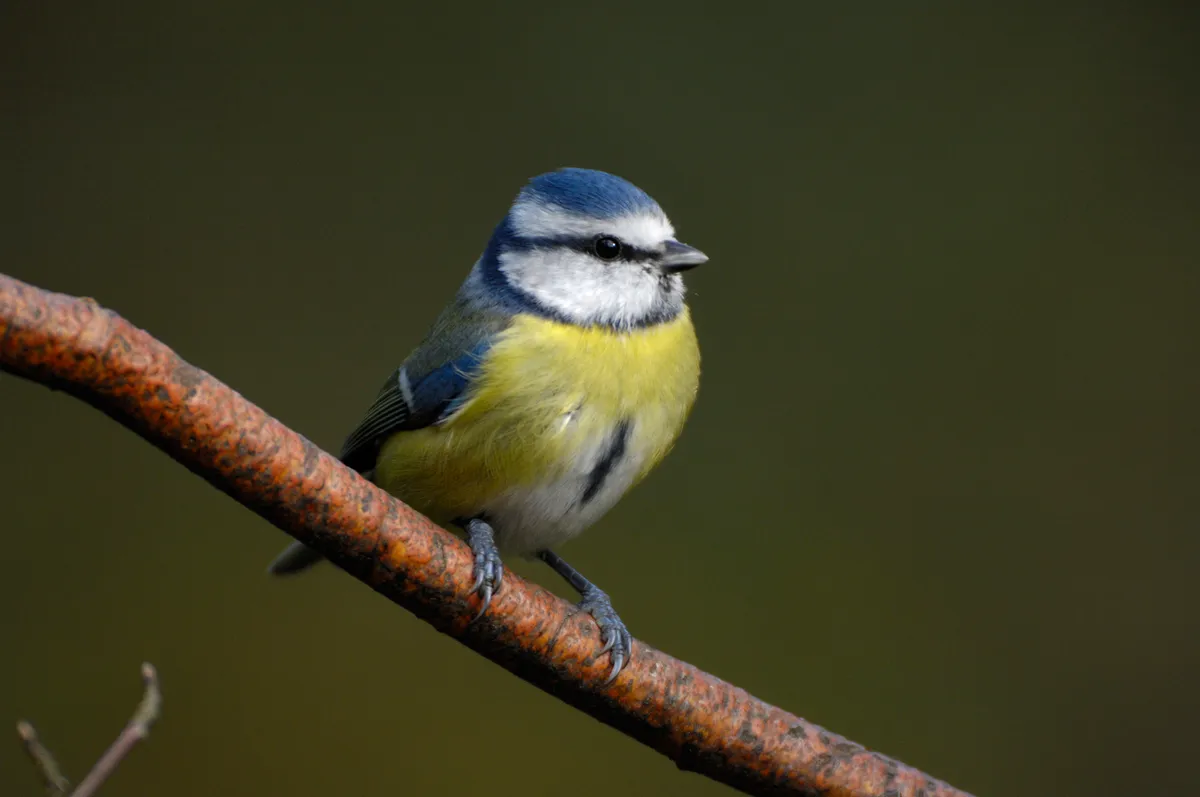
The second most commonly spotted garden bird in 2022's Birdwatch was the blue tit. Perhaps one of the most recognisable and beloved garden visitors, they can be identified by their bright blue, yellow, white and green markings. They measure about 12cm.
Starling

Although in decline elsewhere, starlings came in as the third most common garden bird in 2022. They can be identified by their short tail, pointed head and triangular wings. They are noisy birds and spend a lot of the year in flocks. They measure 21cm.
Woodpigeon

One of the most recognisable UK birds, woodpigeons have seen an increase in numbers since the Birdwatch began. They are the UK's largest and most common pigeon. They are largely grey, have a distinctive cooing call and measure between 40 and 42cm.
Blackbird
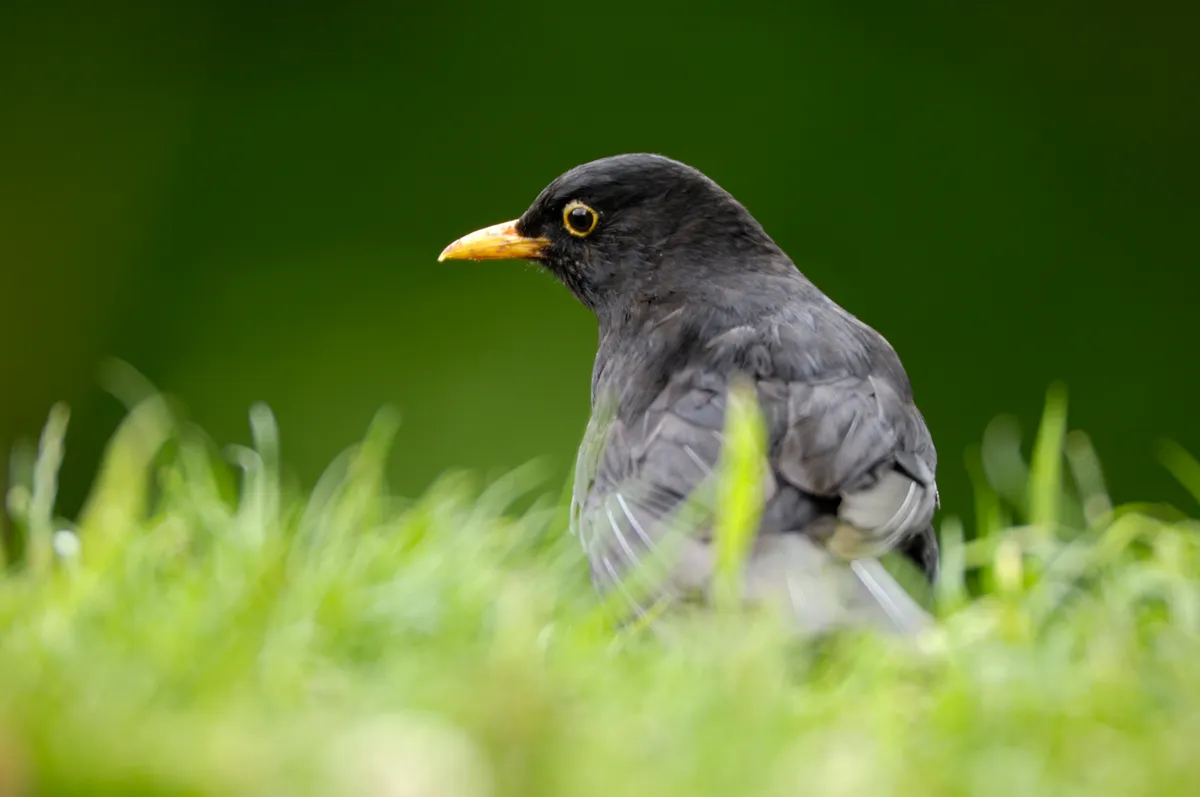
Blackbirds are another common and popular garden bird. Males are black with a striking orange beak, whereas females are brown and often streaky with brown beaks. They measure 24-25cm.
Robin
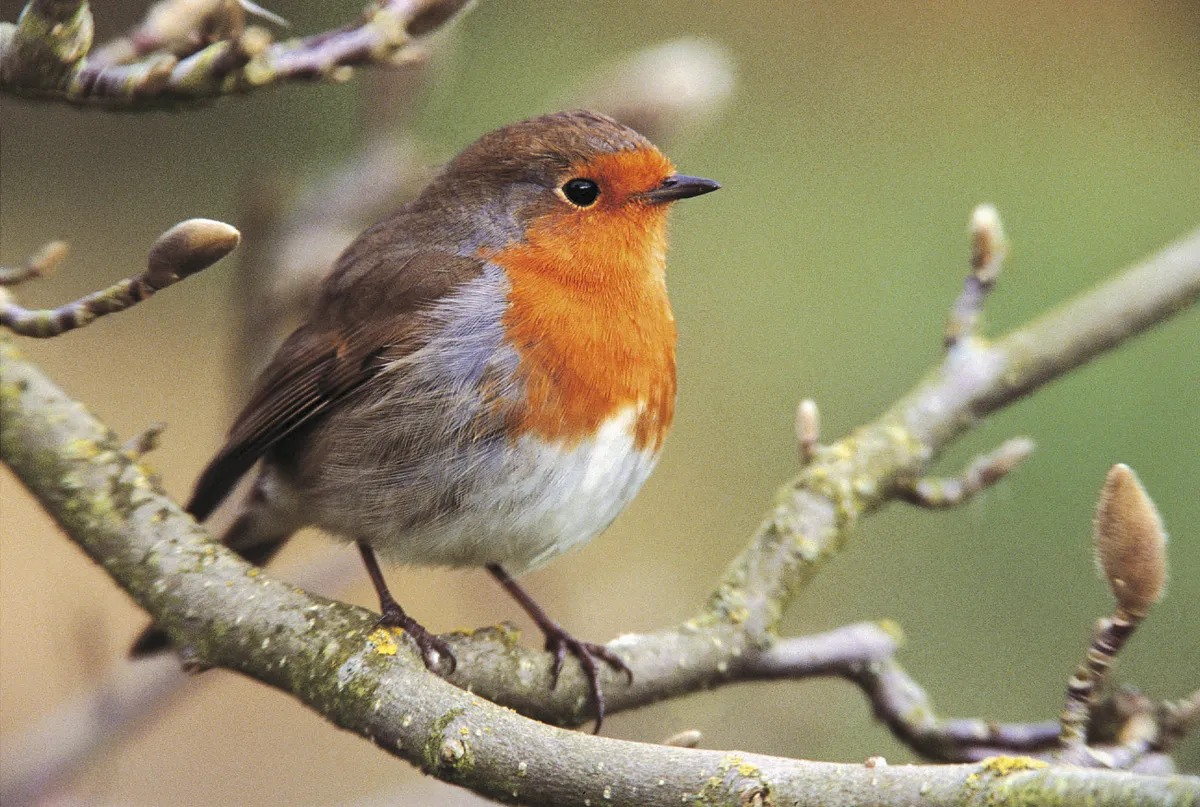
The favourite of our Christmas cards and an inquisitive garden visitor, robins are perhaps one of the most popular garden birds. They are identifiable by their bright red breast and males and females look the same. They are aggressively territorial birds and have a distinctive and melodic song. They are about 14cm long.
Goldfinch
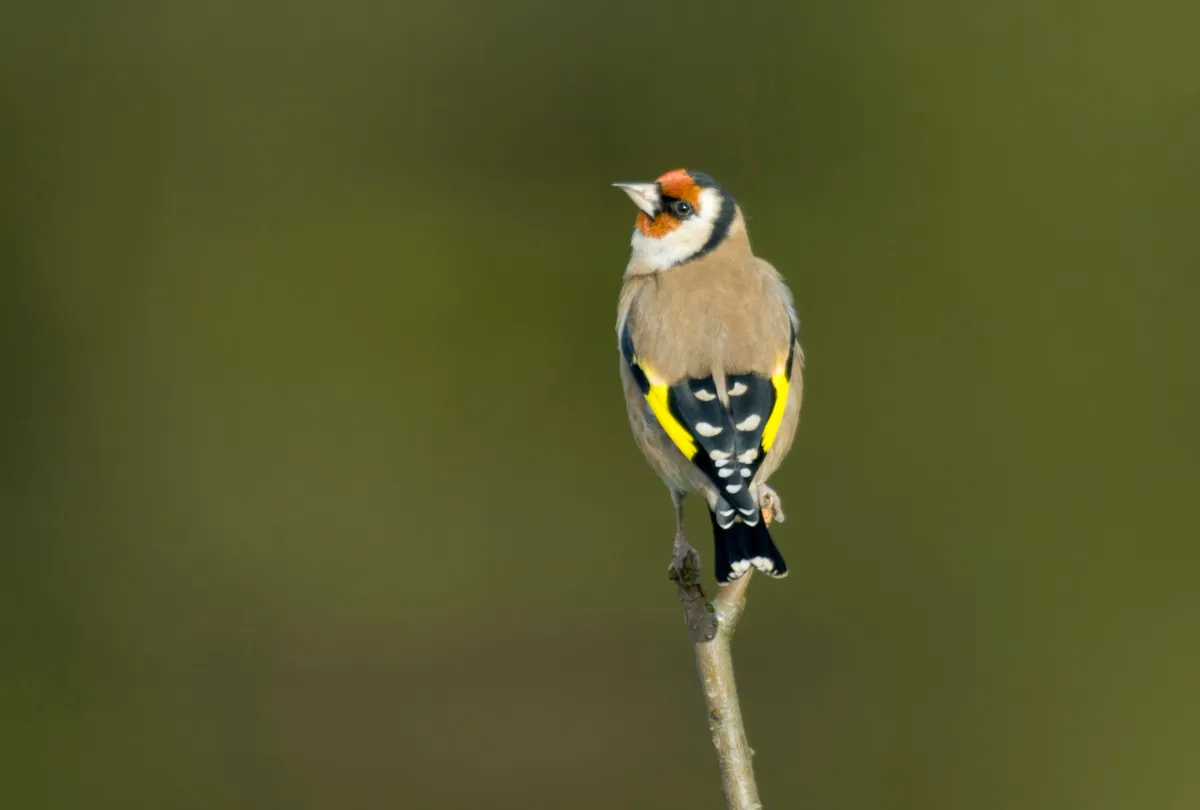
Coming in as the seventh most commonly spotted bird, the goldfinch has very distinctive markings making it easy to spot. They have a bright red face and a yellow wing-patch. Their twittering song is also recognisable, and they feed commonly from seed-heads like teasel. They measure around 12cm.
Great tit
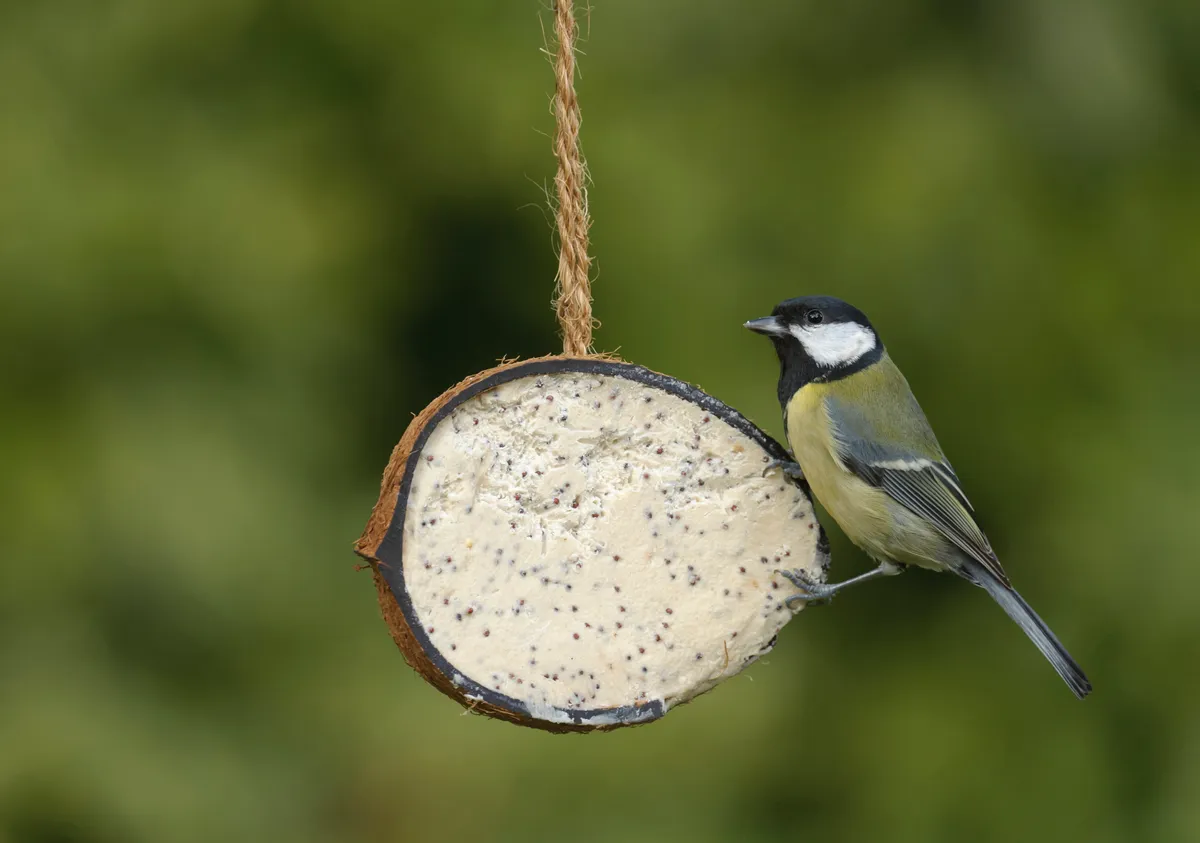
Great tits are the largest tit in the UK and can be identified by their green and yellow feathers and glossy black head with white cheeks. They are woodland birds but have become regular garden visitors. Measuring around 14cm.
Magpie

Magpies are noisy birds and very recognisable. Appearing to be black and white from a distance, close up their plumage is more iridescent. They measure between 44 and 46cm.
Chaffinch
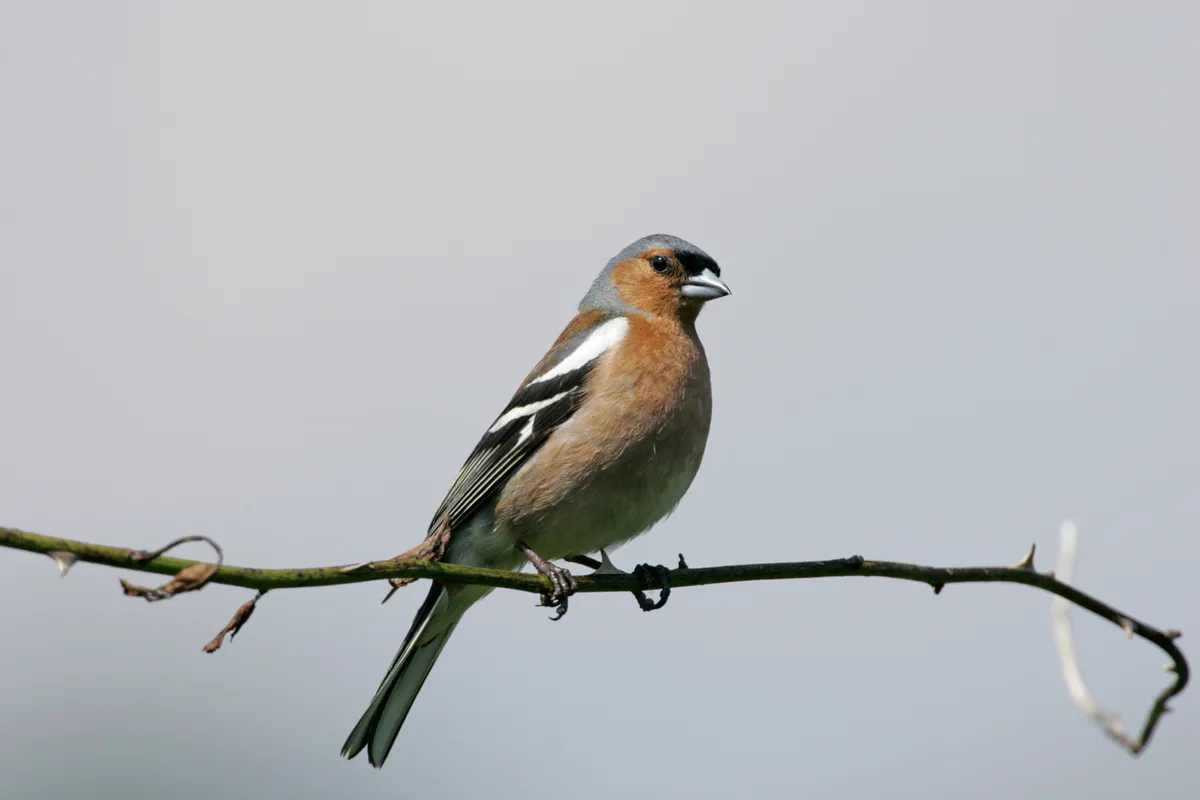
Chaffinches have a loud song and varied call. Coming in at number 10 as the most commonly spotted garden bird in 2022's Birdwatch, they are a regular garden visitor in the UK. They can be identified by the flash of white under their wings when in flight and prefer to feed from the floor under bird feeders than on them. They measure 14.5cm.
Other birds to look out for
There are plenty more species to look out for including collared doves, dunnocks, jackdaws, feral pigeons, long tailed tits, carrion crows, coal tits, greenfinches, wrens and song thrushes.
Ways to attract birds to your garden
We have plenty of tips and advice on how to attract birds to your garden:
- Best bird tables to buy
- Best bird boxes to buy
- Best bird feeders to buy
- Best bird baths
- Bird seed for different birds
- Best plants for birds
- Best trees and shrubs for birds
You can also get prepared for the RSPB's Big Garden Birdwatch with these birdwatching kits.
